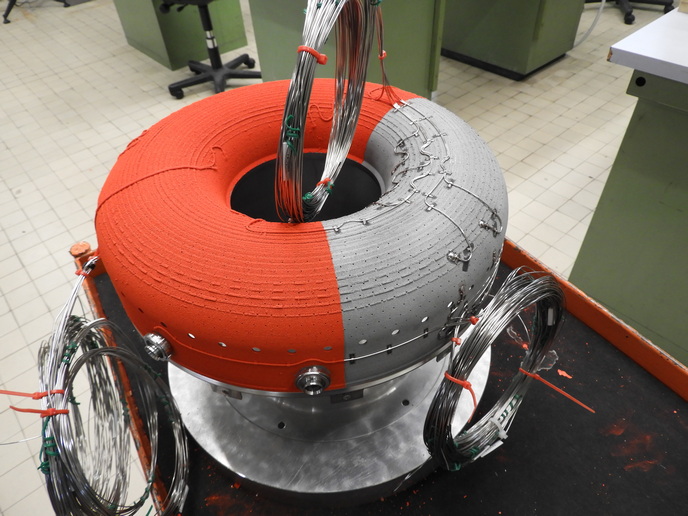Advanced simulation tools and diagnostics fuel Europe’s aerospace innovation
Air traverses the jet engines of most large aircraft in a linear fashion (axial flow) from inlet to exhaust, but this is less efficient at lower speeds. Smaller regional turboprop aircraft often employ a novel, if somewhat counter-intuitive, design better suited to these conditions. The air reverses directions more than once, enabling a shorter and more compact engine design that helps burn less fuel per passenger, meaning fewer emissions. These turboprop engines rely on annular or reverse flow combustion chambers with the standard annular layout around the engine axis. Reducing the size, weight, and cost of the combustors will reduce whole engine dimensions and aircraft fuel consumption. This will enable them to play a key role in strengthening European competitiveness in the small air transport (SAT) turboprop market serving business aviation, fire and rescue, medical evacuation and remote areas. The EU-funded START project validated one of Europe’s promising new annular combustors with manufacturing, testing and modeling innovations.
Added value with additive manufacturing
The inner and outer metal liners confining the annular combustion zone are typically cooled with a two-layer heat management architecture. Harnessing additive manufacturing (or 3D printing) opened a window of opportunity for reduction in cost, weight and complexity. Claudio Abbondanza of Avio Aero and START topic manager explains: “Although it was challenging to achieve the proper hole shape and effective flow, additive manufacturing allowed us to create unique multi-hole perforations very effective for cooling. This enabled a robust single-layer design with lower cost and weight, both of which were further reduced by less welding.”
Innovations in testing and simulation
Experimental measurements of a full-additive combustor in real engine conditions exploited several pioneering approaches. “The Sensor Coating Systems (SCS) innovative thermal history coating applied to the liner provided 3 000 temperature points with a precision of about 1 °C compared to 30-40 °C for standard paints. This resulted in unprecedented 2D maps of the maximum metal temperature,” explains Antonio Andreini of the University of Florence, START coordinator. Abbondanza adds: “Our first use of the SCS thermal history coating technology was a tremendous success, proving its utility for future combustor validation tests.” Engineers developed a rotating probe to measure exhaust emissions and temperature in the 2D plane of the combustor outlet, providing a comprehensive 2D distribution. Giulio Grassi, director of Sesta Lab where the combustor was validated, concludes: “We have created a new market for our industrial test facilities at Sesta Lab with the successful full annular tests of small aeroengine combustors fed with liquid fuels.” Experiments support models and vice versa. When modeling the complex heat transfer between solids and reacting fluids conjugate heat transfer in a combustor, conventional computational fluid dynamics (CFD) approaches can be computationally heavy while lacking accuracy. The Heat Transfer and Combustion Group (site in Italian) of University of Florence (UniFl), START coordinating host institution, developed U THERM3D to accurately model conjugate heat transfer in aeroengine combustors with dedicated features to handle multi-hole cooling configurations. The multi-physics large eddy simulation-based CFD methodology based on Ansys Fluent was validated against the literature and the test data.
One down, ready for more
The START project succeeded in validating the innovative additive manufacturing-produced single-liner annular combustion chamber for the SAT market. Equally important, START has delivered a suite of tools and a validated test setup to speed the commercialisation of future extremely compact annular combustor design concepts.
Keywords
START, combustor, annular, additive manufacturing, turboprop, SAT, thermal history coating, CFD, small air transport, computational fluid dynamics



